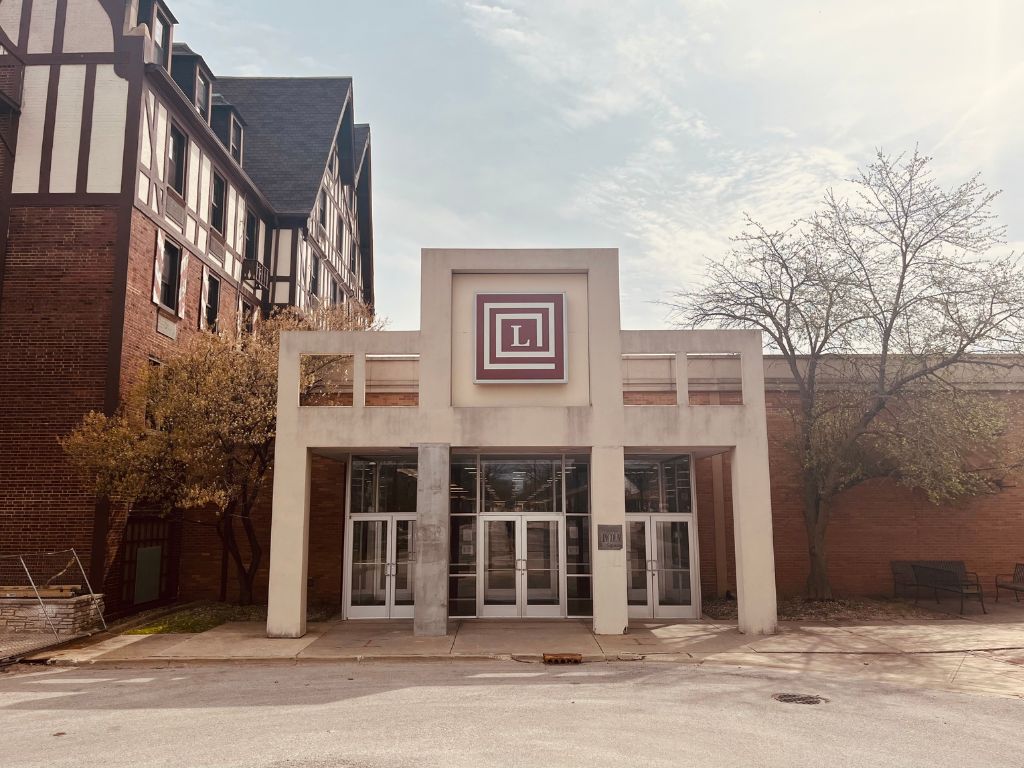When I was growing up in Urbana in the 90s and aughts, Lincoln Square was considered a place where businesses go to die. It had its mainstays, of course, but for the most part it seemed as though people only shopped at Lincoln Square if they were in the vicinity and didn’t have time to go across town. Sure, there were students from Urbana High School who sauntered over on their lunch break, but that was mostly out of convenience; it was not in any way “cool.” People called it a “dead mall,” and many still do.
But I’m here to say that Lincoln Square is so much more than that. Lincoln Square is the mall that Urbana deserves, but not the one it needs right now. So we shun it, but it can take it. Because it’s not our mall. It’s a silent guardian, a watchful protector.
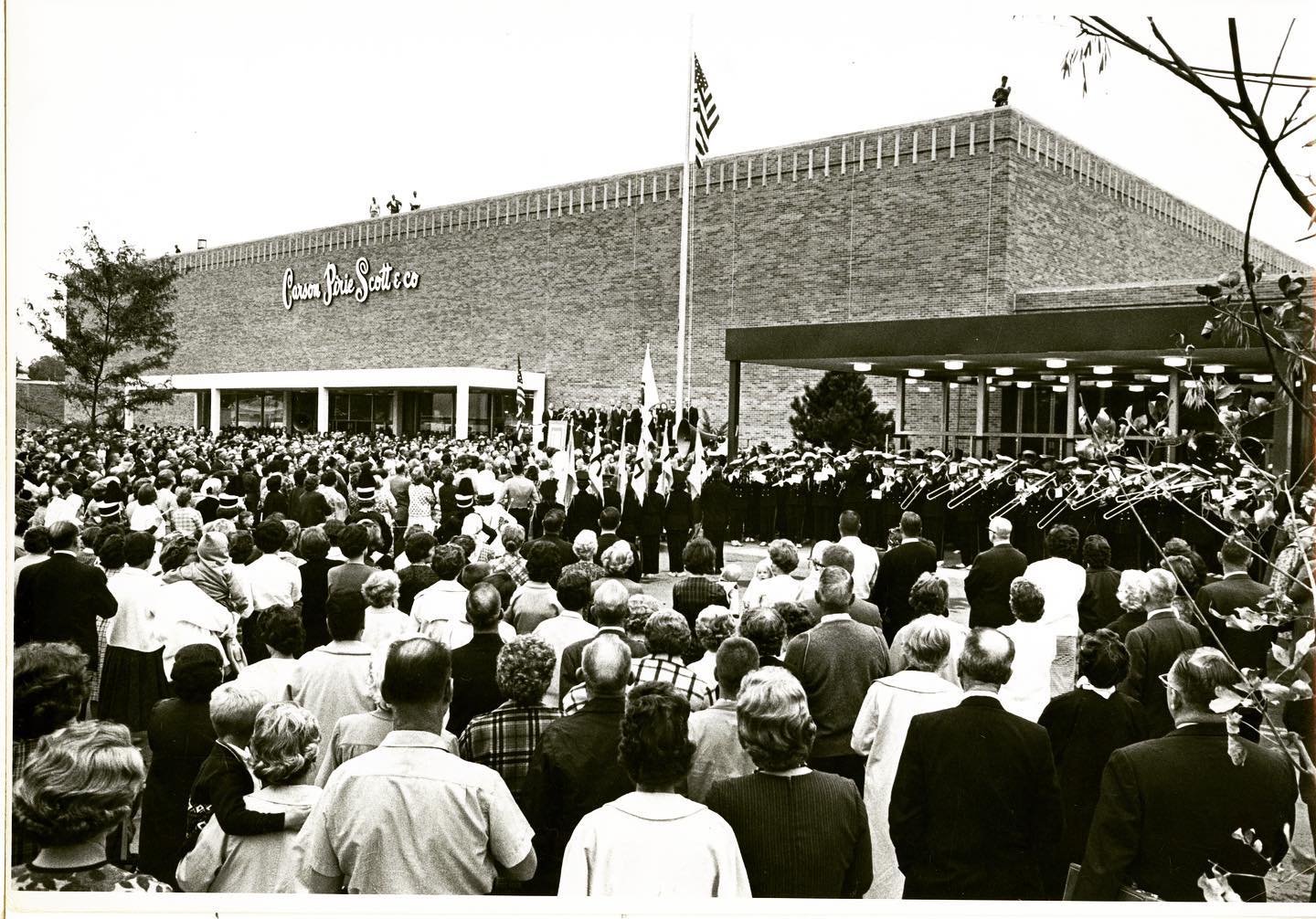
When Lincoln Square Mall first opened its doors in 1964, it was a truly historic moment for Urbana, as it became one of the first cities in the state of Illinois with a fully enclosed shopping mall. Even the Governor of Illinois at the time, Otto Kerner, Jr., was in attendance for its grand opening. With the “car culture” of the 50s and 60s in full swing, people were able to travel to Lincoln Square with ease from all over the state for the most fashionable shopping south of I-80.
And shop they did. Anchored by the Urbana-Lincoln Hotel and the department store Carson Pirie Scott & Co., Lincoln Square became a centerpiece of the local economy over the course of the next decade. Though it may seem modest and sleepy today, in contrast to the sensory landmines that are the malls of suburban America, Lincoln Square was once a very big deal. Imagine that, our little ol’ Lincoln Square.
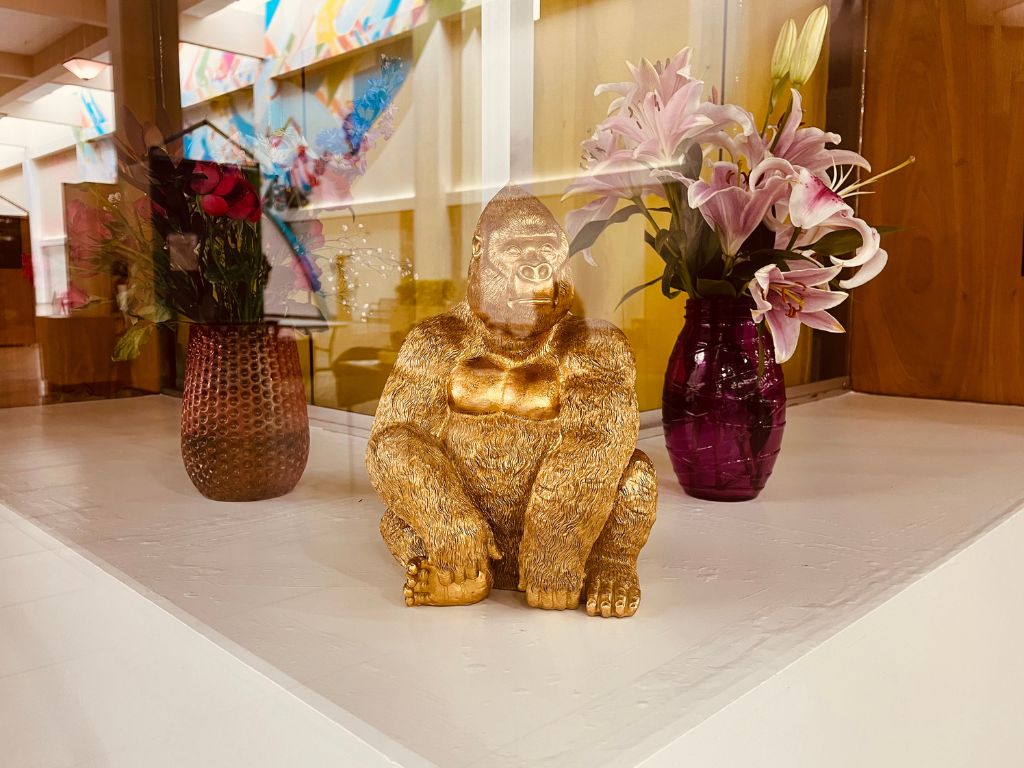
However, what’s more important about Lincoln Square — and what has stood the test of time, long after its chic department stores have gone under or moved away — is its role as a hub for community in Downtown Urbana. Today, it is a place where community events take place, where the elderly meet to sit and talk or mall-walk, where activists and artists can distribute flyers, where lawyers stop for lunch on their way to court. It is a place where the line between the private sphere and the public is blurred, and where purveyors of goods and services ranging from the quotidian to the transcendental can set up shop.
Say what you will about its profitability, no one can accuse Lincoln Square of lacking integrity in terms of its commitment to bolstering the values of independent business. Compared to its Champaign counterpart, which is full of chain stores with hundreds of other locations around the country, Lincoln Square is local through and through. Whatever problems it has had historically with the success or failure of its businesses is no fault of Lincoln Square itself, or its business owners; it is ours as the consumers. Each and every business inside its walls was built from the ground up by its proprietors, and, taken as a whole, they offer a shopping experience (to even call it “shopping” seems to profane it) that you will find at Lincoln Square, and Lincoln Square alone.
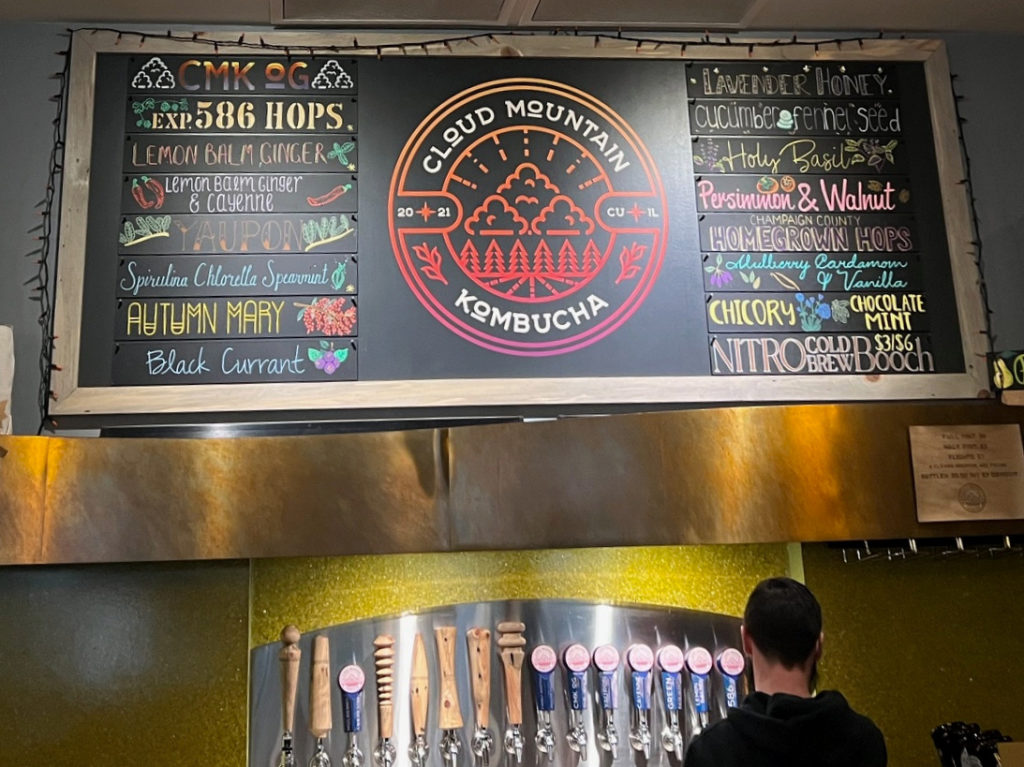
Indeed, Lincoln Square is wholly unique among malls. Can you name another mall with a food co-op, a yoga studio, a used record store, a kombucha brewery, a Moroccan bazaar, a Black-owned barber shop, a fresh-made Italian sandwich joint, two arts and crafts supply stores, an artisanal candle shop, a pole fitness and aerial arts studio, an acupuncture clinic, a thrift store, social and legal services, religious meeting spaces, a custom art and framing gallery, and three (!) martial arts studios, which also hosts a farmer’s market and shares its halls with a Tudor Revivalist style hotel that is on the National Register of Historic Places? Even at its inception, when the stores were still of the mid-century consumerist variety, Lincoln Square had more character and funky cache than we tend to associate with “The Mall,” as it contained multiple children’s play structures cum art sculptures in the shape of whales, gorillas, and bears, as well as two freestanding, 1,000 gallon, hexagonal aquariums into which patrons could gaze peacefully on their way out.
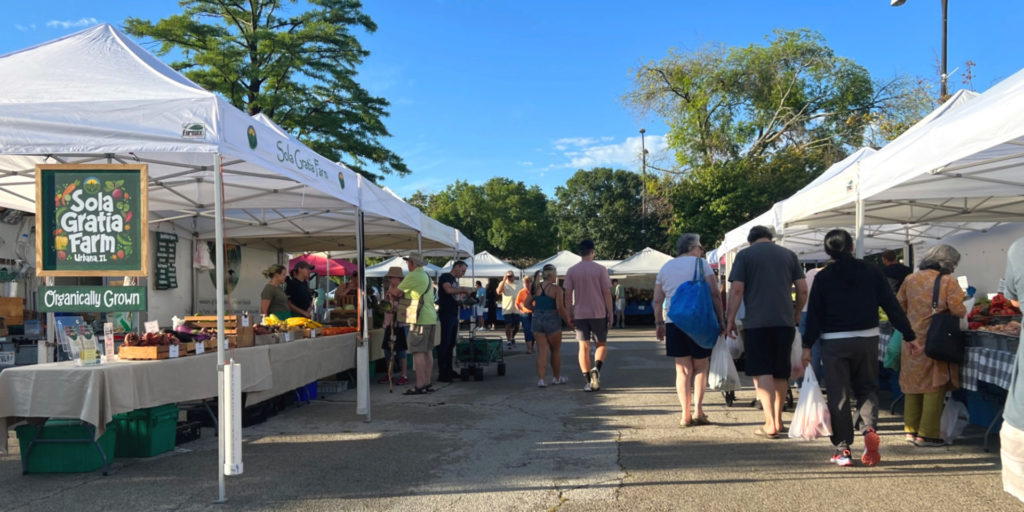
As the 60s, 70s, 80s, and 90s wore on and brought about their respective cultural changes, Urbana firmly established itself as the side of town where successive generations of artists, intellectuals, hippies, hipsters, radicals, burnouts, and weirdos could call home (this is not to say that these people don’t live in Champaign, too, but rather that Urbana holds antinomianism as a point of civic pride in a way that Champaign does not), and Lincoln Square as a long-standing Urbana institution has undergone similar, concurrent transformations that continue to reflect the evolving espirit de corps of its locale.
No, Urbana is no ordinary place. And Lincoln Square is no ordinary mall. Nor is it a dead mall. It is a fringe mall, an anti-mall. In significant ways, it represents who and what Urbana is as a city. It hasn’t always been pretty — and it’s far from flashy — but it persists. It adapts. It provides.
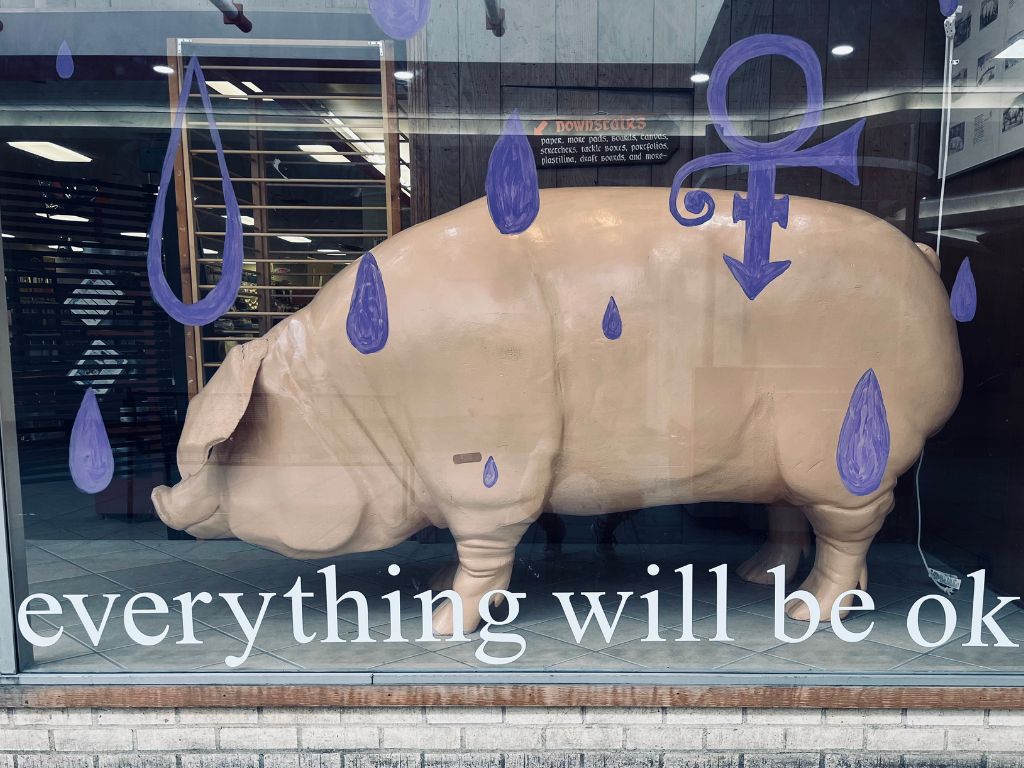
Mark my words, when all is said and done, the soulless malls on the outskirts of L.A. and Dallas will be the ones left vacant, with zombies insatiably lumbering through the corridors that formerly housed the Auntie Anne’s and Bath & Body Works of the world. Hell, they already are. According to the National Association of Realtors Research Group, retail outlet employment decreased by 300,000 jobs between the years of 2017-2020. In 2017 and 2019 alone, there were 7,000 and 9,000 store closures, respectively. Over the course of two years, between the beginning of 2021 and the end of 2022, over four million square feet of former mall space was demolished nationwide.
And where was Lincoln Square through all of this? Right where it’s always been: Nestled between Elm and Illinois Streets to the north and south, between Vine and Race to the east and west, and between one lung and the other to the left and right.








